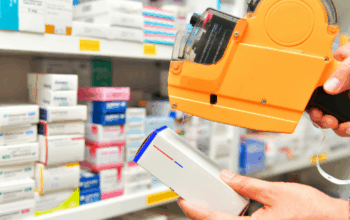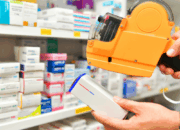At-home product testing has become a crucial element in product development, letting companies gain valuable feedback from actual users in everyday situations. Among the many factors considered during product testing, user experience (UX) holds a significant place. In this article, we explore the role of user experience in at-home product testing, emphasizing its influence on product success and offering insights on how businesses can fine-tune their testing methods.
Understanding User Experience
User experience relates to the overall impression someone has while utilizing a product, system, or service. It covers a variety of aspects, like usability, functionality, style, and emotional gratification. By concentrating on user experience during at-home product testing, companies can analyze how their products fare in real-life situations and evaluate factors affecting user happiness and the probability of adoption.
The Impact of User Experience in Product Success
User experience is essential in determining a product’s triumph. Pleasant user experiences lead to heightened customer satisfaction, repeated purchases, and favorable word-of-mouth referrals. Conversely, negative user experiences may cause product rejection, unfavorable reviews, and harm to brand reputation. By giving priority to user experience in at-home product testing, companies can pinpoint areas that require improvement and make the necessary changes to boost product performance.
Optimizing In-Home Product Testing for User Experience
To effectively evaluate user experience during in home testing products, companies should consider the following strategies. First, it is crucial to define clear objectives and establish specific goals related to user experience. This ensures focused testing and allows for measurable outcomes.
Recruiting diverse participants is another important aspect. Including a representative sample of users from different demographics captures a wide range of perspectives and experiences. This diversity enables companies to gain a comprehensive understanding of user needs and preferences.
In order to simulate authentic usage conditions, participants should be encouraged to use the product as they would in their daily lives. By emulating real-life scenarios, potential user experience issues can be uncovered and addressed. This helps companies fine-tune their products to meet user expectations.
The Benefits of Prioritizing User Experience
Prioritizing user experience in in-home product testing offers several benefits to companies. Firstly, by focusing on user experience, companies can identify and rectify usability issues, resulting in enhanced product performance. A product that delivers a seamless and satisfying experience is more likely to meet user needs and expectations.
Furthermore, prioritizing user experience leads to increased customer satisfaction and loyalty. When a product provides an enjoyable experience, customers are more likely to be satisfied and develop a strong affinity for the brand. This, in turn, can drive repeat purchases and positive word-of-mouth recommendations.
Businesses that focus on user experience set themselves apart in the competitive landscape. With exceptional product design and ease of use, they can set themselves apart from rivals. A great user experience can turn into a major selling point and help both the product and the entire brand succeed.
User experience plays a key role in determining a product’s success. Conducting in-home product testing offers a priceless chance to evaluate and fine-tune UX. By gaining insight into what users need, like, and struggle with, businesses can improve their products’ design, features, and general allure. By valuing user experience in their testing methods, businesses can offer products that not only fulfill user expectations, but also promote customer satisfaction and loyalty — ultimately leading to lasting business achievements.













